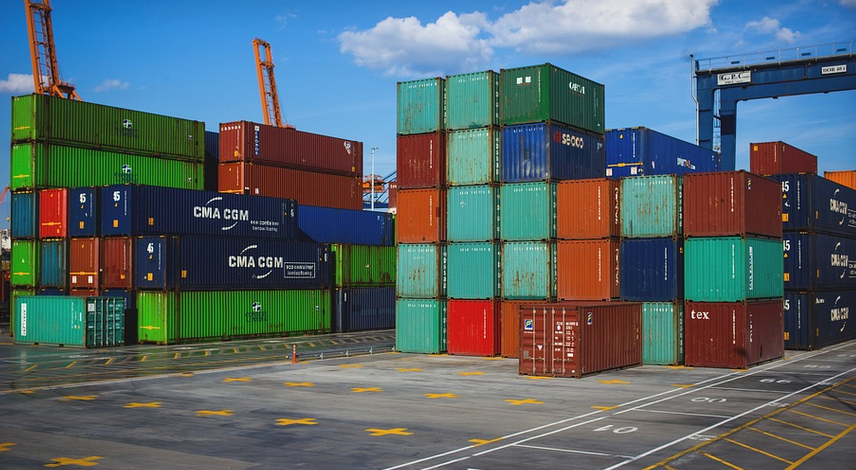
Rubber Hose Size Chart: All You Need To Know
Decoding the Mystery of Rubber Hose Sizes
Choosing the right rubber hose size can feel like navigating a maze, especially with so many options and confusing terminology. But fear not, because understanding the basics of rubber hose sizes is crucial for ensuring safe and efficient plumbing, irrigation, or industrial applications. This guide will demystify the world of rubber hoses and equip you to make informed decisions.
The foundation of any rubber hose size chart lies in its core components – the inner diameter (ID) and the outer diameter (OD). Think about it this way: the ID is the space inside the hose where fluid or air travels, while the OD defines the external circumference of the hose. This seemingly simple idea unlocks a world of possibilities for different applications.
However, understanding hose sizing goes beyond just diameter. The material and construction play significant roles in performance and durability. The most common types of rubber hoses are: PVC (Polyvinyl Chloride), EPR (Ethylene Propylene Diene Monomer rubber), and even natural rubber. These materials offer different levels of strength, resistance to chemicals, and flexibility.
Within the framework of ID and OD, we encounter a fascinating array of hose sizes ranging from inches to centimeters, measured in a system of standards called “nominal diameters.” For instance, standard ID’s for agricultural hoses might be 1/4 inch or ¾ inch, while industrial hoses can reach up to 6 inches. This means that when you see a hose labeled as “3/8 inch”, it denotes the internal diameter, representing the space where fluids flow.
What are the Common Sizes?
To get a grasp on common rubber hose sizes, let’s delve into some popular options:
**1/4″ ID:** These small-diameter hoses are ideal for household and light commercial applications such as watering plants, transporting smaller quantities of liquids, or even air ducting.
**3/8″ ID:** This popular size is commonly used in plumbing, HVAC systems, and garden applications. It offers a good balance between flexibility and pressure handling capability.
**1/2″ ID:** A standard go-to for many industrial and commercial applications, this hose size can handle higher pressures and flow rates compared to the smaller sizes.
**3/4″ ID:** For heavier-duty applications, especially in agriculture or power equipment, this larger diameter hose ensures robust performance.
Why is it Important?
Choosing the right rubber hose size is crucial for several reasons:
- **Pressure and Flow:** The correct size ensures smooth fluid flow without restriction or pressure build-up.
- **Durability:** Larger ID hoses handle heavier loads, whereas smaller sizes are best suited for lighter applications.
- **Material Selection:** The hose material and its properties like chemical resistance play a significant role in selecting the right size.
- **Application Compatibility:** Different applications require different hose sizes to accommodate specific requirements and working conditions.
Choosing the Right Size (and More!)
Now that you understand the basics, here’s a quick guide to selecting the right rubber hose size for your application:
**1. Determine Your Application:** What are you using the hose for? For example, do you need a hose for watering plants, transporting chemicals, or working on an industrial machine?
**2. Understand Your Pressure and Flow Requirements:** How much pressure and how much fluid flow capacity do you need from your hose?
**3. Consider The Working Environment:** What are the temperature fluctuations and environmental conditions like humidity or exposure to chemicals? This will shape your choice of material, size, and even construction.
**4. Consult a Guide & Compare Specs:** You can find comprehensive hose size charts online and compare these specific details with those listed on product specifications sheets or manufacturer’s guides.
Beyond the Basics
The process of choosing a rubber hose goes beyond just picking a size. Here are some additional factors to consider:
**Hose Material:** EPR, PVC, and natural rubber are common choices, each with its strengths and weaknesses.
**Working Pressure:** The maximum pressure the hose can withstand without damage is crucial for safety.
**Operating Temperature:** Select a hose that can work effectively in the expected temperature range (hot or cold).
Where to Find More Information
To delve deeper into the world of rubber hoses and discover even more information, here are some suggested resources:
**Manufacturer Websites:** Most manufacturers offer detailed product specifications on their websites.
**Hose Size Charts:** Online search engines can help you locate dedicated hose size charts.
**DIY Guides and Blogs:** Numerous online tutorials and blog posts provide valuable insights into the nuances of choosing and using rubber hoses
**Expert Advice:** Don’t hesitate to consult with professionals like plumbers, contractors, or manufacturers for personalized guidance.
Final Thoughts
Choosing the right rubber hose size is essential for safe, efficient, and long-lasting performance. Don’t let the complexity of the choices overwhelm you. By understanding basic concepts and using this guide as your starting point, you can confidently select the perfect hose to meet your needs.